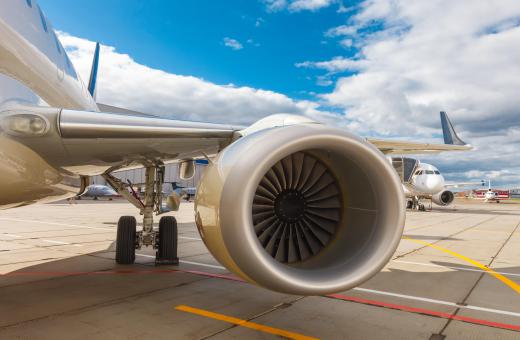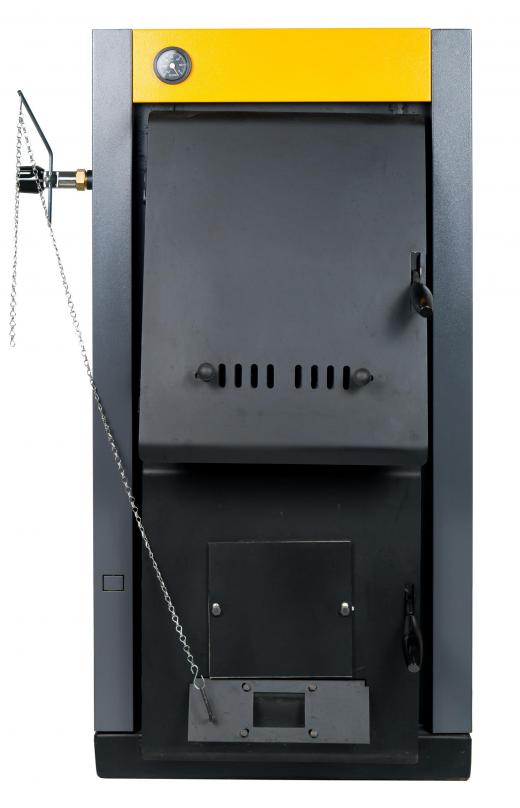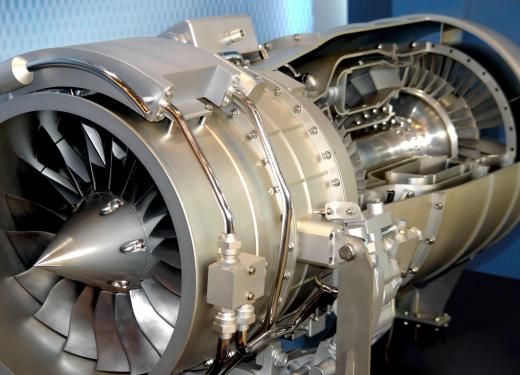Combustion equipment consists of machinery designed to burn a fuel source in combination with the oxygen in air to produce heat and energy. The different types of combustion equipment include furnaces, boilers, turbines, and engines. The design can be further identified by the fuel source such as oil, natural gas, coal, or wood.
A furnace, or direct-fired heater, is a type of enclosed chamber where heat is generated by combustion of some type of fuel. A blower introduces air into the heating chamber where it is combined with the fuel and burned. A furnace can be used to produce heat energy for the heat itself, converted into mechanical energy to drive a process, or into electrical energy as in a power plant. The heat generated can be transferred away from the furnace through tubes filled with water, air, or heat-transfer oil.

Boilers are combustion equipment units that produce steam or heated water to run industrial processes or to provide heat for buildings. The major types of industrial boilers are water-tube and fire-tube. Water-tube boilers move water through tubes running through a furnace chamber where fuel is combusted. The heat of combustion transfers through the tube walls to heat the water and create steam. Fire-tube boilers send heated gases generated by fuel combustion through tubes that pass through a water-filled chamber, where the heat transfer causes the water to vaporize into steam.

Turbines are machines that create power through the rotation of blades or vanes by the movement of gas or liquid. A gas turbine uses a compressor to produce pressurized air. Combustion of the compressed air mixed with fuel generates a high-pressure gas that moves a rotor. This type of combustion equipment is found in smaller capacity power plants and in jet engines.

An internal combustion engine produces energy by igniting fuel under high pressure in an enclosed space. The gas expansion created by the burning of fuel is turned into mechanical energy to move a crankshaft or rotor. These engines drive automobiles, electrical generators, pumps, forklifts, and other industrial machinery.
Various fuels are used by different types of combustion equipment. Liquid petroleum products are the most common fuel sources in engines and turbines and may include gasoline, kerosene, diesel, and heavier residual products such as bunker fuel. A large number of boilers, especially those producing building heat, are fired with natural gas. Power plants burning coal produce a significant percentage of the energy used worldwide. Wood-fired furnaces are less common in industrial applications and are more likely to be found in residential use.
